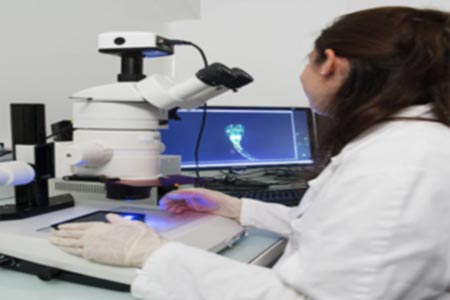The RADAR assay TG n°251 (Rapid Androgen Disruption Activity Reporter) contributes to the goal of identifying chemicals which could disrupt signaling by androgenic hormones.
Androgens are steroid hormones that are essential for the development of male characteristics, they are also synthesised by women to produce estrogen and participate in many functions for men and women.
Disrupting this hormonal balance could lead to infertility, developmental disorders, disrupted menstrual cycle and even tumors.
This method, invented at Watchfrog Laboratory (Genopole Evry, France), a spin-off from the CNRS - National Museum of Natural History, is the second method from the French laboratory to be validated at the international level.
The validation of this assay involved many laboratories in different continents and, with the support of British and French organisations (DEFRA, Public Health UK and INERIS), the protocol has been approved by OECD experts.
The publication by the OECD of this Test Guideline is a significant step in strengthening the available tools for applying European criteria for identifying Endocrine Disruptors, while reducing animal experimentation.
"There was a need to develop faster and more accessible tests to assess the large number of chemicals used in Europe. This test method harnesses the ethical advantages from in vitro stages of aquatic larvae while providing a large weight of evidence for any endocrine effects on sensitive embryonic stages of early development" explains Gregory Lemkine, Watchfrog CEO.
Contributing to replace tests on mammals and reduce animal suffering, RADAR will also enable a significant reduction in the cost to industry when performing chemical risk assessment.
The RADAR assay reveals the capacity of a chemical to induce a key physiological event related specifically to the criterion of androgen disruption. Other tests, following the same approach and covering other important hormonal pathways are already in use: the REACTIV test for estrogens and the XETA test for thyroid hormones.
The thyroid assay XETA, validated in 2019 as an OECD test guideline (OECD TG n°248) has been used to assess many active chemicals in plant protection products and biocides, making Watchfrog the first French laboratory to validate its tools at international level.


